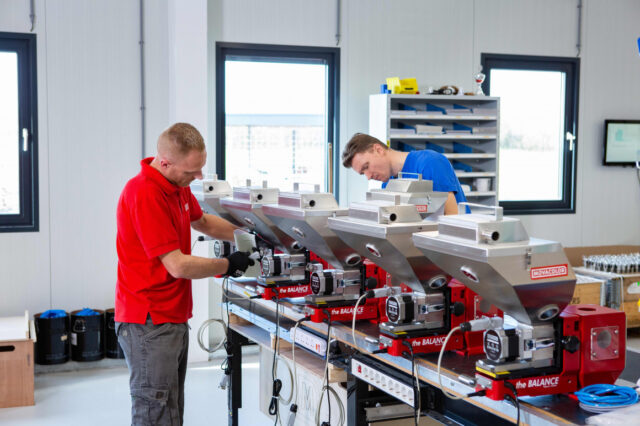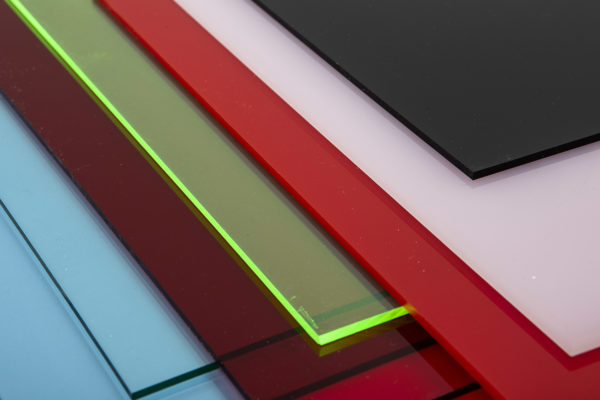
The use of plastic is something that has been discussed a lot lately. While on the one hand it’s evident that it’s desirable to avoid excessive use of it for environmental reasons, it can’t be denied that it’s also quite unavoidable due to its multiple purposes. From time immemorial, people have always been looking for materials that have the ability to change their shape so that they can make everything they need for everyday life.
Precisely because of its easy shaping and the ability to make a bunch of unavoidable items needed for regular daily functioning of it, this material is still one of the most popular one’s today. It’s processed in various ways, and injection molding is definitely one of the most common ways of doing it, so there’ll be a little more talk about it today.
Polypropylene

This is possibly the most common type of plastic used – from the production of fibers to the production of consumer goods. It’s also effective when it comes to manufacturing food and cosmetics packaging. For example, packages of ice cream, ketchup, toppings, shampoos, conditioners, hand creams, drinking straws, and many other types of lids.
Due to its characteristics, it’s probably one of the materials that keep being produced in the largest quantities all around the world. And not only that, but it can also be processed in so many different variations, in various molds for plastic injections – but you can learn more here. However, although recyclable, it’s less cost-effective than PET and HDPE.
Polypropylene has such a wide application thanks to its good Physico-chemical properties that could be easily adjusted by combining with various types of additives. Properties that distinguish it are moderate elasticity, solid hardness, and great resistance to heat, which is why it’s possible to soak it in hot water without consequences. This also represents one of the less risky forms of plastic in general and prevents the penetration of harmful chemicals into the packaging.
Polyethylene
This type belongs to the thermoplastic range which, together with the previous one, makes the most prominent examples of materials that manufacturers most often opt for when it comes to injection molding activities.
This range can be heated and shaped several times and they are all 100% recyclable, but recycling is often not so worth it and it’s much easier to simply produce a new item. For example, low-density polyethylene is mostly found in plastic bags and foils, but also in some bottles and caps. Technically, it can be recycled, but in the case of bags, it doesn’t bring much benefit due to their low weight.
In contrast, the ones with high density are strong and solid and absolutely capable of withstanding continuous heating at temperatures up to 110 ° C. It’s primarily used for parts of certain types of protective suits (for example, suits against hazardous substances), buckets, jugs, bowls, toys, furniture, opaque softener bottles, water and gas pipes and many more. Since it has a floating ability as well, it has found its application in the nautical field.
Polycarbonate
When we talk about the most mechanically durable options, it is worth mentioning polycarbonates, which stand out precisely for this property. It’s characterized by high transparency and impact, electrical, and heat resistance.
It’s rather simple to shape it and use it for the production of a wide range of items: plastic glasses, CDs, car and aircraft parts, protective equipment, and so on. Of all the mentioned types, polycarbonate is the most resistant to mechanical impact, but not to scratches.
It’s controversial due to the presence of bisphenol A (so-called BPA), a well-known endogenous disruptor. Therefore, the use of this plastic for storing food and drinks is not recommended, although there are BPA-free alternatives that enable this. And not only that but also the molding of children’s bottles, water bottles, medical devices, contact lenses, dental fillings, and even various containers for storing food and drinks.
Nylon
Nylon, or more precisely, polyamide, is a very hard type of semi-crystalline plastic which, due to its chemical properties, belongs to quite tough materials with excellent thermal characteristics.
By processing it, we come to many new applications that it has in the industry, for example, as a substitute for metals in the manufacture of engine components. Compared to bronze, aluminum, and other non-ferrous metals, it offers superiorly lower weight, with the same or better characteristics, and is often used instead of them.
Polyamide is the only substance of this kind that must be thermally processed immediately after molding, ie. be left to absorb moisture. It has excellent sliding ability, high impact resistance, and good chemical stability against organic solvents and fuels. Due to its above-mentioned sliding properties, it’s an ideal option for the production of sofas and furniture, gears, pump parts, rails, wheels, and fittings.
Acrylics

And finally, acrylics, plexiglass, or clarity is much lighter than glass and has higher impact resistance, ie. resistance to breakage. This is precisely the reason why it’s frequently used as its substitute. When exposed to shocks that exceed its strength, plexiglass reduces the risk of injury, as it breaks into large pieces that don’t have sharp edges, whereby the parts disintegrate at low speed due to the lightness of the material.
Much easier to process than glass, it is used in the advertising, furniture marking, aquarists, car and aviation industries, and also for the production of optical aids, as it’s strong and resistant to scratches, too. In addition to cutting, this type is easily formed and thermoformed, so it’s possible to obtain transparent surfaces of diverse shapes, which helps with making more complex objects.
This type of material can be processed and treated just like wood or metal. When heated to the appropriate temperature and brought to a state in which it can crank, it can form almost any shape. Due to the absence of harmful components and substances such as BPA, it’s absolutely safe for the production of food containers, dishes, glasses, and other things that we use when eating. If food is kept in such containers, it won’t affect its smell or taste.







